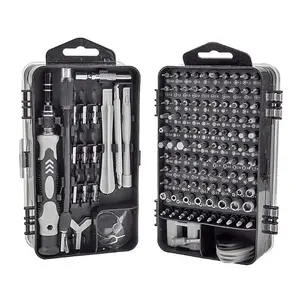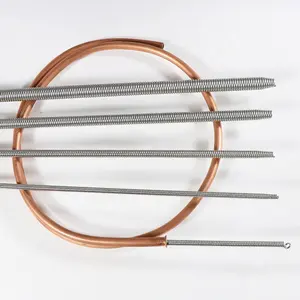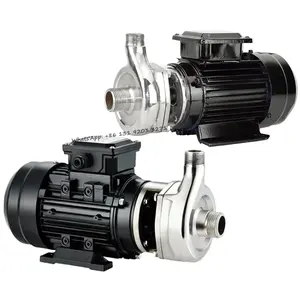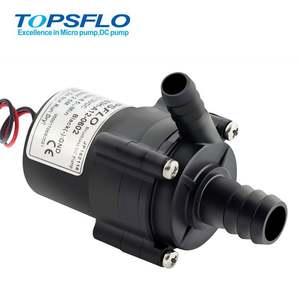Popular in your industry

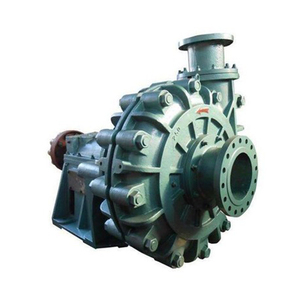




















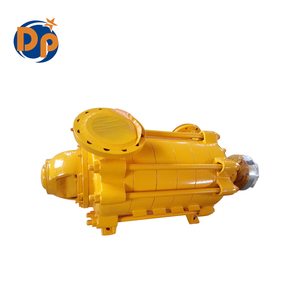

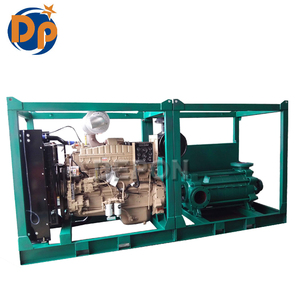











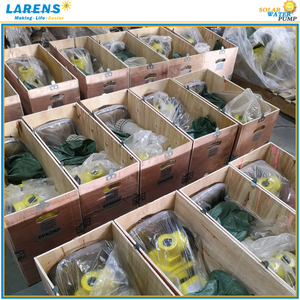


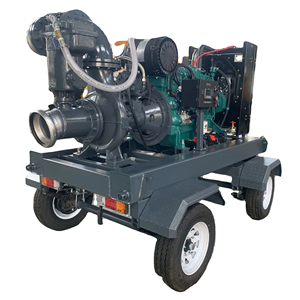

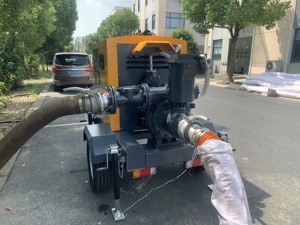

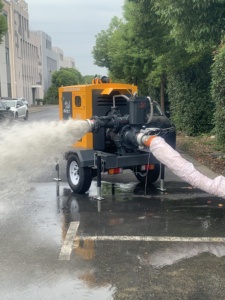
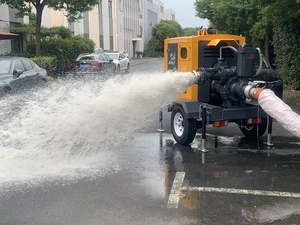





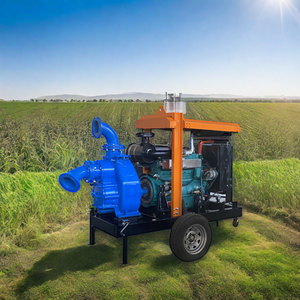







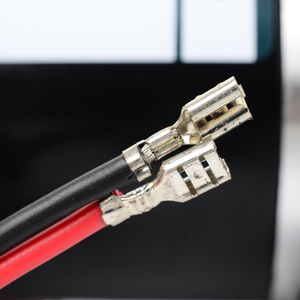



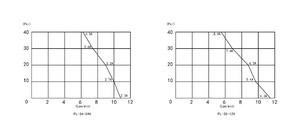
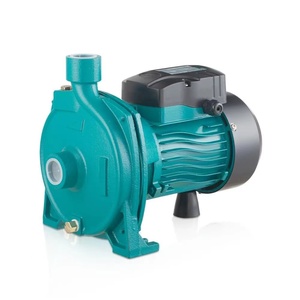



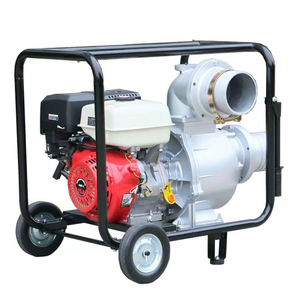



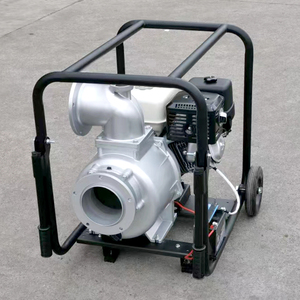



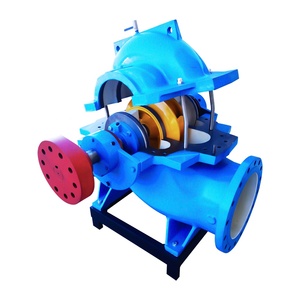
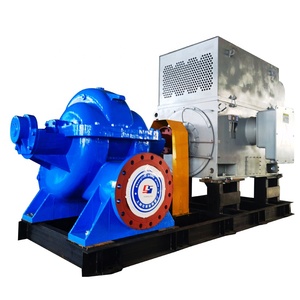

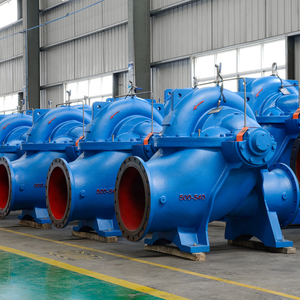
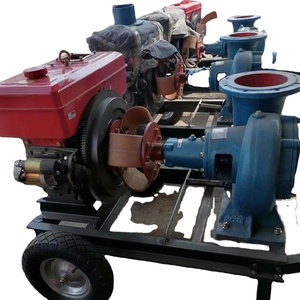














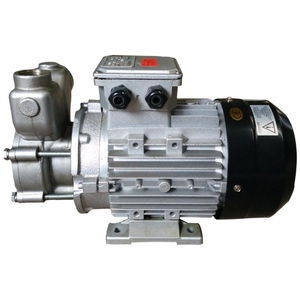


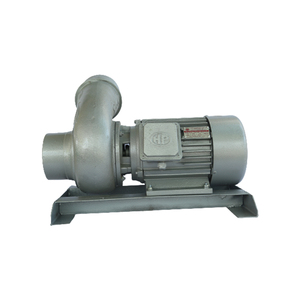




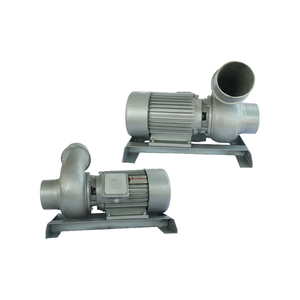




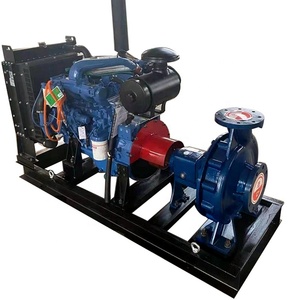


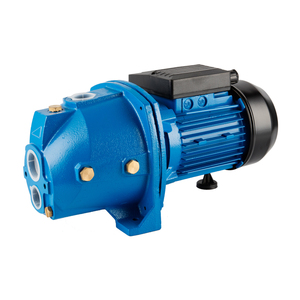



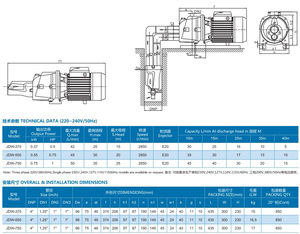
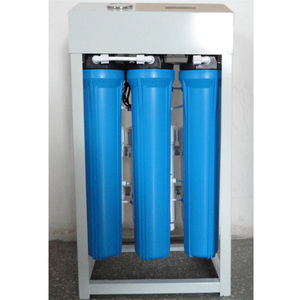
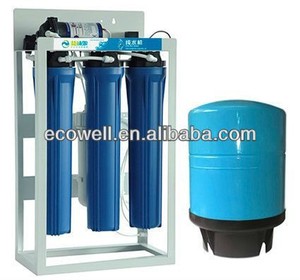
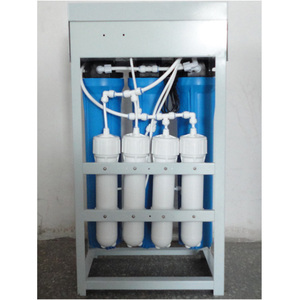

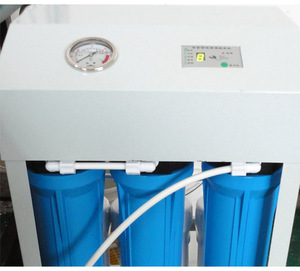








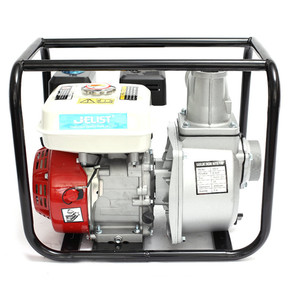

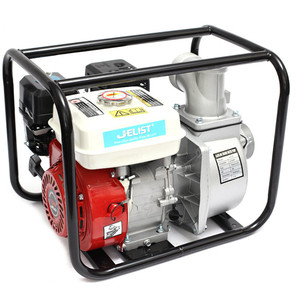
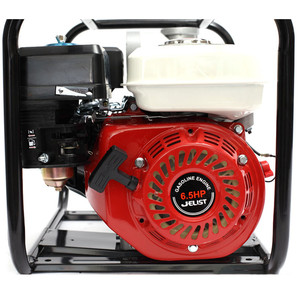



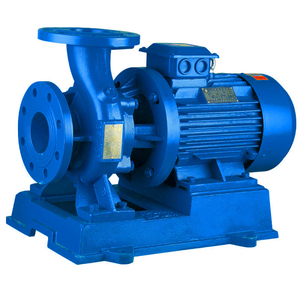


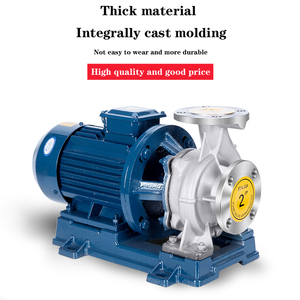


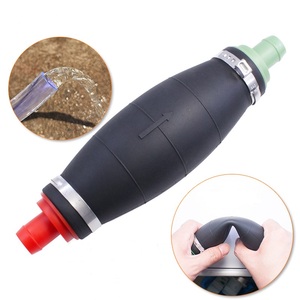

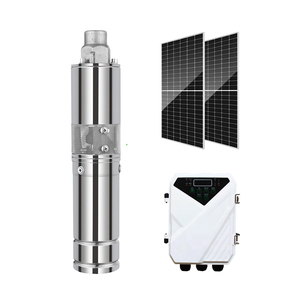




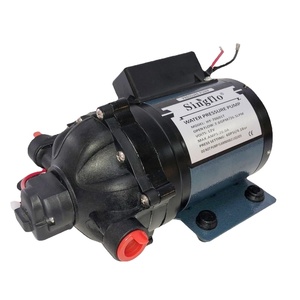





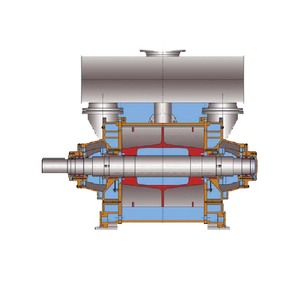



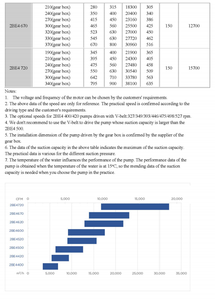






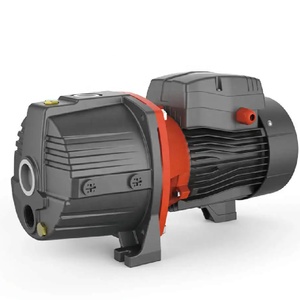


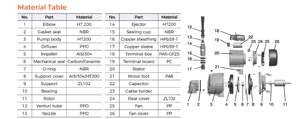
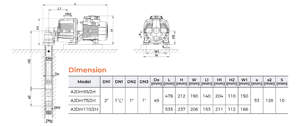




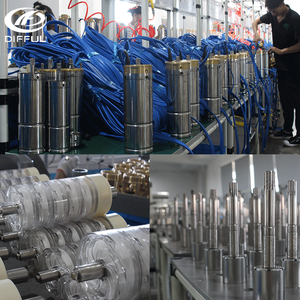












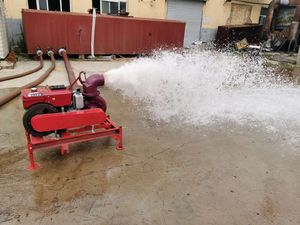









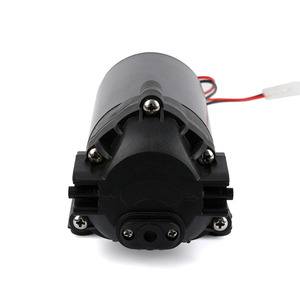

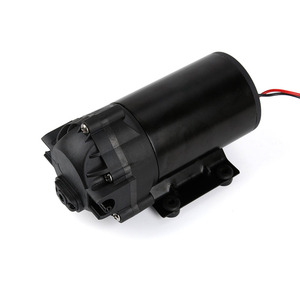
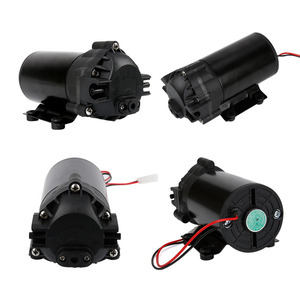


Top categories
About big water pump
Introduction
In the world of large-scale operations, the role of big water pumps is indispensable. These mechanical marvels, designed to move, compress, or elevate water, are the unsung heroes of construction sites, tunnels, and river beds. With their unique operational principles and types, they cater to a wide array of applications. This comprehensive guide will delve into the intricacies of big water pumps, exploring their types, operational principles, efficiency factors, and maintenance. We will also shed light on some real-world applications through intriguing case studies, demonstrating the versatility and efficiency of these pumps.
Understanding Big Water Pumps: Definition and Function
A water pump, particularly a big water pump, is used to move, compress, or elevate water from a lower level to a higher one. The primary function of a big water pump is to transfer water between two points and to eliminate excess water. These pumps are often employed in large-scale operations such as construction sites, tunnels, and river beds. The basic mechanism of a water pump relies on the positive displacement principle and kinetic energy to propel the water. They can be powered by AC or DC power, gasoline engines, or diesel engines.
Types of Big Water Pumps
Big water pumps come in various types, each with unique features and applications. Centrifugal pumps use a rotating impeller to move and pressurize water, ideal for handling thin liquids and offering high flow rates. Submersible pumps operate submerged in the fluid, often used in deep wells and high-pressure applications. Piston or reciprocating pumps, a type of positive displacement pump, are ideal for high viscosity fluids and high-pressure output. Each type of pump has its specific uses and operational principles, making them suitable for different applications.
Centrifugal Pumps
Centrifugal pumps are a key component of many industrial pump systems. They are widely used due to their specific operational principles and advantages. A centrifugal pump consists of different parts, each playing a crucial role in its operation. The pump works on the principle of centrifugal force, which is why it's named so. Priming is an essential process in the operation of these pumps. There are also various types of casings used in centrifugal pumps, each designed for specific applications and operational conditions.
Submersible Pumps
Submersible pumps, also known as electric submersible pumps, can be fully submerged in water. They work by converting rotary energy into kinetic energy, then into pressure energy, pushing water to the surface. They are efficient, requiring less energy as water pressure pushes the water into the pump. Submersible pumps can handle solids or liquids only, making them versatile. However, they have a few disadvantages, such as the potential for seal corrosion over time, which can render the motor useless until repaired. They must also be fully submerged to prevent overheating.
Piston Pumps
Piston pumps are renowned for their reliability and longevity. They offer a performance range that showcases excellent suction capability often without the need for flooded suction or booster pumps. Available with various materials for manifolds and valve components, these pumps are designed for easy maintenance. Their worldwide distribution network ensures quick service and delivery.
Harnessing the Power: Operational Principles
Big water pumps operate based on basic pump theory and operational principles. The system design comes first, dictating the pump's function, not the other way around. The pump doesn't 'suck' the liquid in; the system must supply the required energy to move the liquid to the pump, typically via gravity or atmospheric pressure. Pump problems often occur due to misunderstanding this principle. Furthermore, the pump's performance is predictable when rated in head, regardless of the fluid, its density, and temperature. However, viscosity can significantly affect pump performance, requiring more horsepower and potentially a different pump type for high-viscosity liquids.
Efficiency Factors in Big Water Pumps
Big water pump efficiency is crucial for energy conservation and cost-effectiveness. It refers to the ratio of power output to power input. Factors affecting efficiency include pump design, size, and maintenance. Electric motors, often used to drive these pumps, can achieve 90%+ efficiency when converting electrical to mechanical energy. Regular maintenance can prevent mechanical defects that lead to efficiency loss. Additionally, proper sizing of pumps and piping for the infrastructure is vital. Even a 1% improvement in efficiency can significantly reduce annual pumping costs.
Power Source
The power source for big water pumps is a crucial component. It converts AC power to a suitable voltage, enabling the use of products such as water pumps. This voltage transformer is waterproof, compact, and easy to transport, making it ideal for outdoor use. Its stability and ease of use make it a reliable choice for powering big water pumps.
Pump Design
The design of a big water pump is crucial for its efficiency and performance. The system should be designed first, and then the pump should be selected to fit the system. The pump doesn't 'suck' the liquid into it, rather, the system must supply the required energy to move the liquid to the pump. Misunderstanding this principle often leads to pump problems. If solids are present in the liquid, a pump with an enclosed impeller may not work, and a more robust or open impeller design may be needed. The material selection is also crucial, especially when handling suspended solids or acidic solutions.
Maintenance and Troubleshooting
Pumps are integral to the successful operation of facilities. A pump malfunction can cause an entire plant shutdown. To prevent this, a regular maintenance schedule should be implemented and followed. Many pump manufacturers advise against the use of certain lubricants that could cause seal failure. Instead, consider using specially formulated lubricants for your pump maintenance needs.
Routine Maintenance
Pumps are integral to the successful operation of many facilities. To keep pumps, especially big water pumps, running properly, a regular maintenance schedule should be implemented and followed. Regular inspection and replacement of parts can prevent malfunctions that could cause an entire plant shutdown. Using appropriate lubricants can also be part of the maintenance routine.
Common Problems and Solutions
Big water pumps, like any mechanical device, can face common issues such as overheating, leakage, low water pressure, noisy operation, and cavitation. Overheating can be caused by high ambient temperatures, lack of lubrication, or a malfunctioning thermostat. Leakage might occur due to worn-out seals, loose connections, or corrosion. Low water pressure can be a result of clogged pipes, damaged impellers, or air pockets. Noisy operation can be due to loose components, worn-out bearings, or misaligned parts. Cavitation, caused by low pressure in the pump, can create air bubbles that damage the impeller and other components. Regular maintenance and inspection can prevent or fix these problems.
Case Studies: Big Water Pumps in Action
Big water pumps have been instrumental in various sectors across the globe. In different countries, floating pumps increased the pumping capacity of large-scale farms. In other instances, floating pumps were installed on the banks of major rivers for aquaculture. These case studies highlight the versatility and efficiency of big water pumps in managing large volumes of water in diverse applications.
Conclusion
Big water pumps, with their diverse types and operational principles, play a pivotal role in various large-scale operations. Their efficiency, largely influenced by factors such as design, size, and maintenance, is crucial for energy conservation and cost-effectiveness. Regular maintenance and troubleshooting can prevent common issues and ensure their optimal performance. Case studies from across the globe highlight the versatility and efficiency of these pumps in managing large volumes of water in diverse applications. As we continue to harness the power of these mechanical giants, it's clear that big water pumps will remain an integral part of our industrial landscape.


